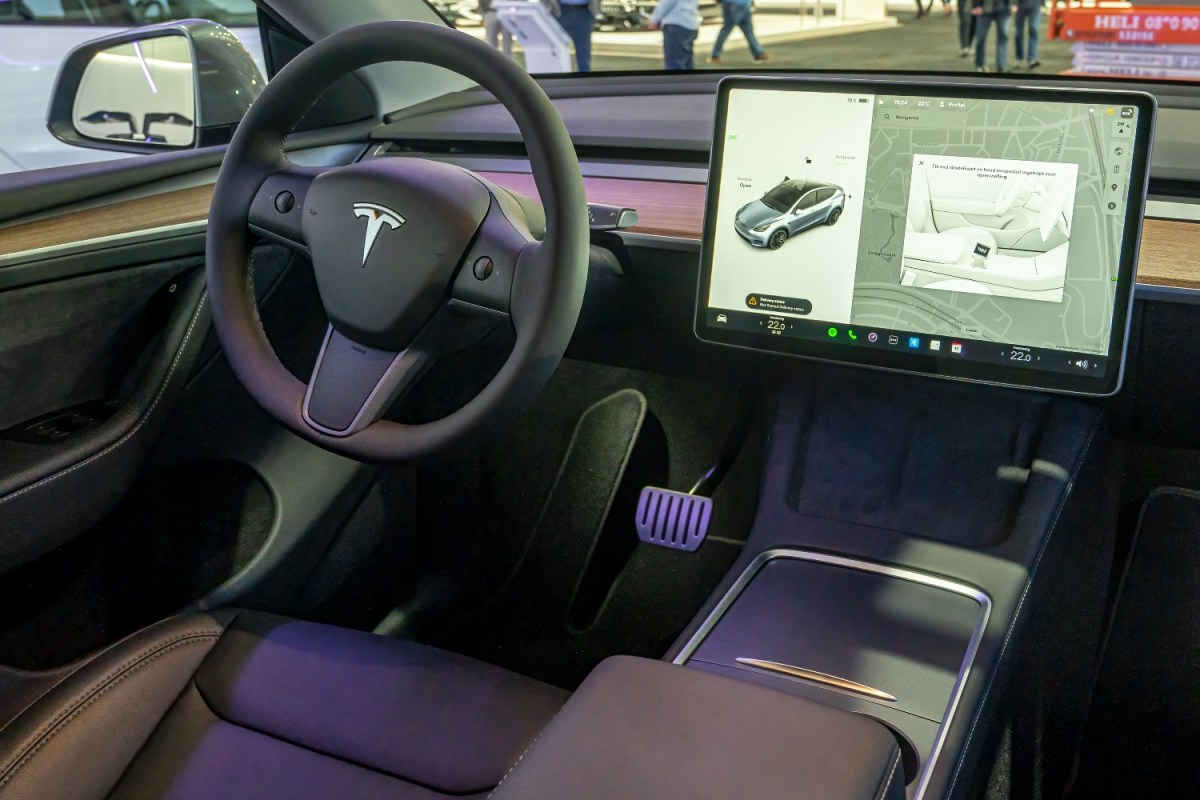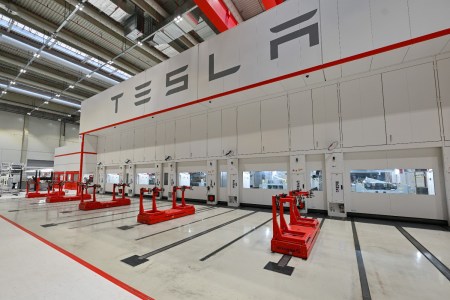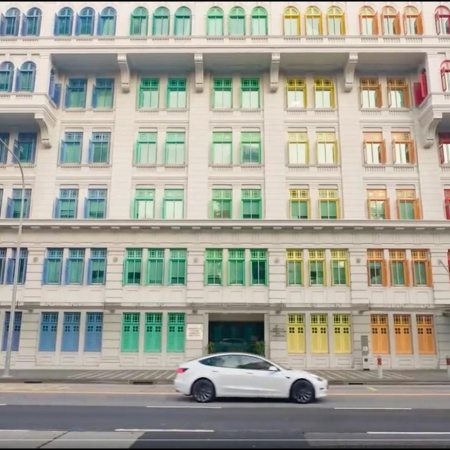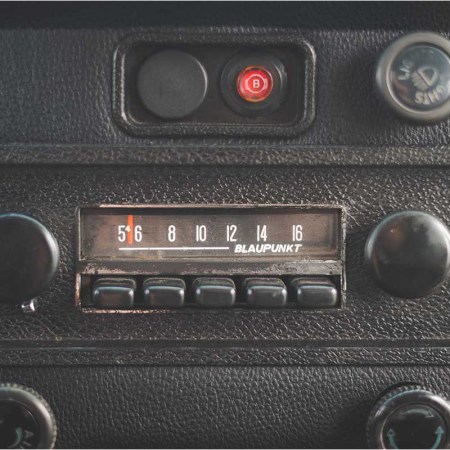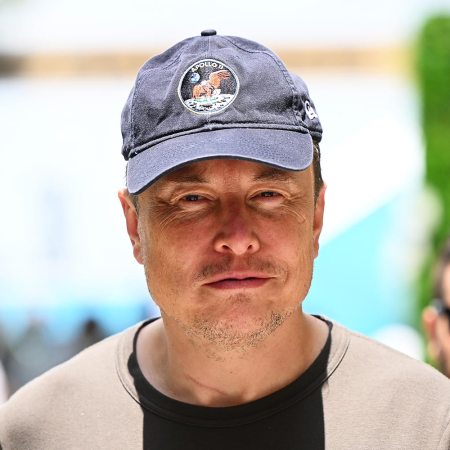On a Friday in March 2019, a man named Jeremy Banner was driving his Tesla Model 3 when it crashed into a truck, killing him. The aftermath of Banner’s death has involved plenty of time revisiting the tragic accident, and delving into the reasons why it happened — which includes a deeper dive into Tesla’s autopilot system, which Banner turned on before the crash.
The aftermath of the crash has also led to a lawsuit filed by Banner’s widow, Kim Banner, against Tesla — and documents from that lawsuit have revealed unsettling information about what the automaker did and did not know about potential issues with its vehicles’ systems.
As NPR’s Vanessa Romo reports, the judge in the case — one Reid Scott — has ruled that the lawsuit against Tesla can proceed, and that there is reason to believe that the company’s executives, including Elon Musk, were aware of problems with the self-driving system.
Writing at the Associated Press, Terry Spencer cited a passage in Judge Scott’s ruling indicating that, after reviewing Tesla’s existing marketing materials, some drivers could have “some belief that the Tesla vehicles were capable of driving themselves hands free.”
Tesla Leaks Reveal Unnerving Complaint Policy
It raises further questions about the automaker’s Full Self-Driving programAs the Associated Press’s reporting on the case notes, that we’re able to see Judge Scott’s decision here at all is a result of documents being mistakenly shared on the website for the Palm Beach County district court. They have since been taken offline — but the implications for Tesla will be much harder to shake.
This article was featured in the InsideHook newsletter. Sign up now.
